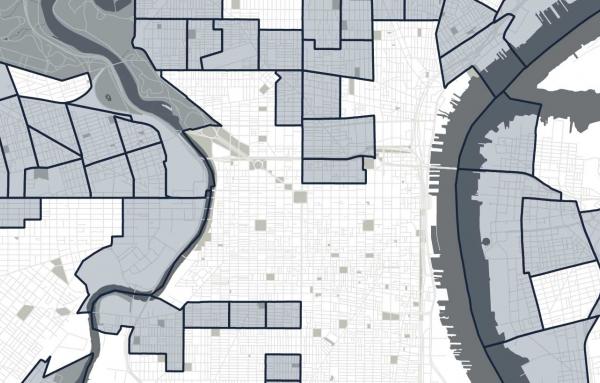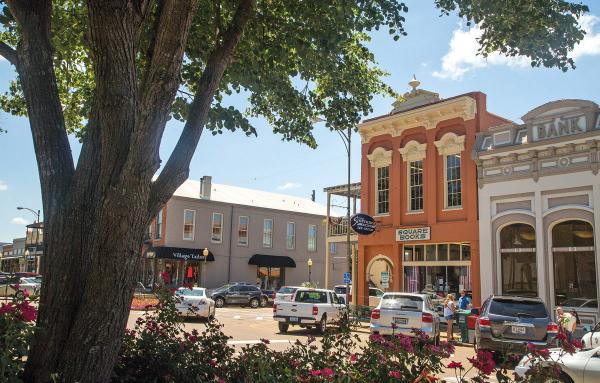
Eight policies and programs that Opportunity Zones need
Opportunity Zones (OZs) have the potential be the biggest community development program in the nation’s history, according to the Rockefeller Foundation. There are more than 8,700 OZs designated in every state and most cities, targeting investments in low-to-moderate-income urban and rural areas—or census tracts adjacent to those areas. Two African-American senators, Republican Tim Scott of South Carolina Democrat Cory Booker of New Jersey, sponsored the inclusion of this place-based capital gains tax break in the Jobs Act of 2017, signed by President Trump.
Yet concerns are rising that wealthy investors will mostly help themselves, while ignoring the purpose of this decentralized program. What can urbanists do to improve the odds that Opportunity Zones benefit low-income communities? The OZ program is all about investment, with an emphasis on individual projects. The New Urbanism offers a way to comprehensively look at the entire community—including the design of the urbanism, but also housing, health, jobs, and other critical factors beyond financial investment.
Here’s a checklist of eight policies and programs that municipalities, with the help of urbanists, can use to help to make individual OZs a success.
1. Establish programs that benefit local residents. Investment in Opportunity Zones don’t help local residents unless they can access jobs and economic activity. Because there is often a “skills gap,” job training is important, as are intentional policies that ensure local participation in economic development. The Memphis Medical District Collaborative is implementing “Buy Local,” “Hire Local,” and “Live Local” programs to leverage the economic power of anchor institutions and directly impact surrounding neighborhoods. Live Local includes affordable housing. The lesson: Disinvested communities need a lot more than investment—they need to participate in the economic turnaround.
2. Engage the public in an inclusive way. Communities that have suffered decades of economic trauma are suspicious of plans promoted from the outside. “This was not about coming in and teaching about New Urbanism, but the primary driver was listening to what residents want and hearing what they are saying,” says Megan O’Hara, an urban planner with UDA that worked with OneWest in Louisville’s Russell neighborhood. “Trust that they know best.” The lesson: For OZs to truly help long-term residents, they need a say in their future through an inclusive public engagement process.
3. Have a coordinated vision. Multiple projects in a disinvested neighborhood can add up to more than the sum of their parts, especially if the public and private sector partner to turn a place around. One example is Deanwood, a neighborhood east of the Anacostia River in Washington DC. The transformation began with city-sponsored street and public realm improvements and the renovation of a major green space, Marvin Gaye Park. That was followed by four projects that are creating 500 low-income and affordable living spaces along with new retail, educational, and community uses in the heart of the neighborhood. The lesson: Multiple coordinated projects in an Opportunity Zone are likely to have a bigger impact than a single project.
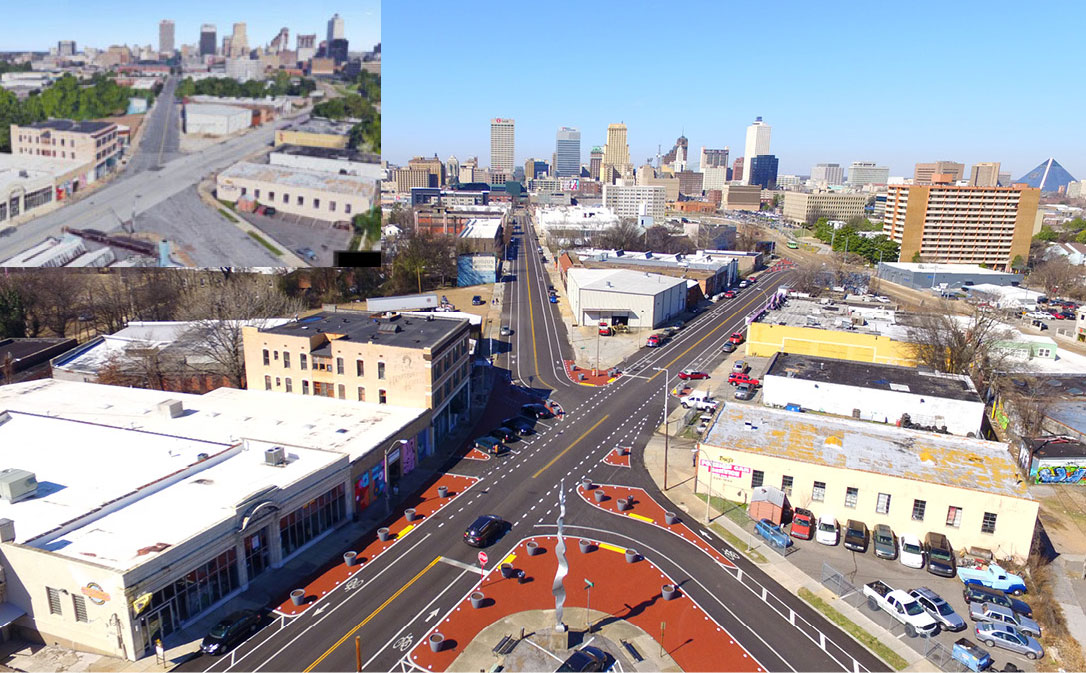
4. Upgrade the infrastructure for walking, bicycling, and transit. Transportation infrastructure that divides neighborhoods and devalues land all around is a cause of urban disinvestment. The Memphis Medical District, which lost two-thirds of its population, was bisected by two Interstates and thoroughfares were widened to prioritize automobile travel. The Memphis Medical District Collaborative, a group of eight anchor institutions, is promoting revitalization through a broad range of programs. In just 2-3 years, the collaborative has completed 13 streetscape improvements in partnership with the city—building momentum and enthusiasm for housing and job creation. One goal is to allow people to walk to work, cutting family transportation costs. The lesson: infrastructure improvements can be leveraged in OZs to boost livability and pave the way for comprehensive transformation.
5. Adopt code reform. Zoning and land use codes are an endemic problem in US cities and rural areas. They often require too much off-street parking, disallow “missing middle” housing types, and limit mixed-use and density. They sometimes discourage historic rehabilitation and make old buildings “nonconforming”—so it’s difficult to build similar buildings today. The City of Atlanta, which has numerous OZs in disinvested neighborhoods, recently reformed its codes to address many of the issues above. The lesson: OZs encourage development, but code reform may be needed to promote investment with a lasting positive impact on the neighborhood.
6. Promote incremental development. Up to about 1950, American cities were built mostly one building at a time. Small-scale development is often locally financed, and profits tend to stay within the community or city as a whole. Local residents are directly involved. A largely vacant corridor between a medical and two higher education institutions in long-suffering Flint, Michigan, sits within qualified OZs. A public-private-nonprofit coalition has created a plan and process for re-investment employing local small developers. Community members have been trained and are being mentored to go through the legal and financial hoops to construct small buildings according to a coordinated plan that also includes public and charitable investments. The lesson: Incremental development is a key tool to benefit local residents of OZs.
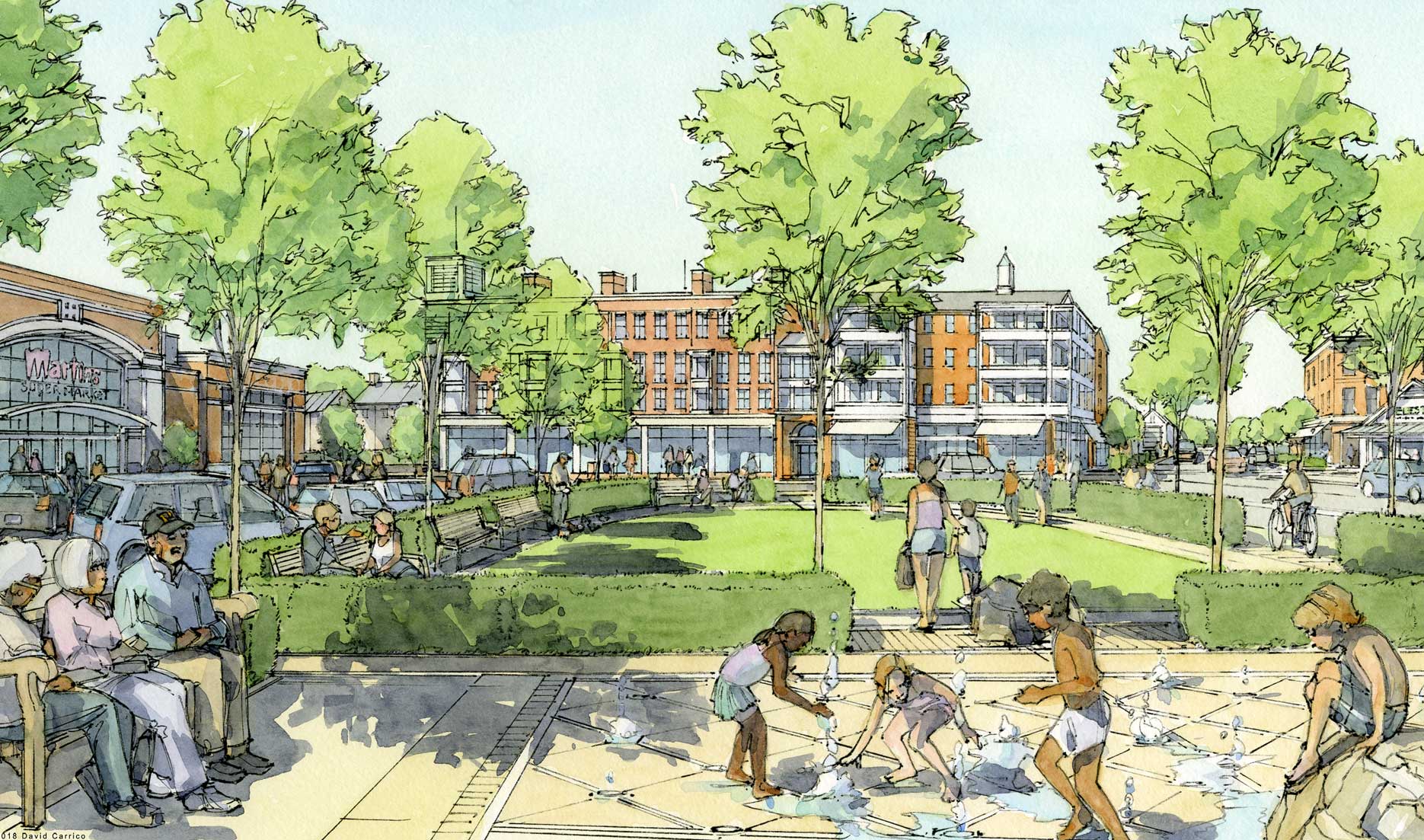
7. Build parks and public spaces. Disinvested neighborhoods often lack parks and quality public spaces, which are vitally important for health and childhood development. Westside Atlanta, which includes OZs, has a goal that every resident will live within two blocks of a green space. A public-private-charitable coalition is building new parks at various scales—the most notable being the 16-acre, Rodney Cook Sr. Park. During storms, these green spaces will help to reduce flooding in low-lying parts of Westside. The lesson: Parks can be built in parallel to private sector economic development to boost quality of life for residents.
8. Promote clusters of activity. Thousands of OZs have been disinvested for so long that how and where to begin revitalization is not obvious. One answer is to identify potential economic nodes. That’s the plan for the Russell neighborhood in West Louisville, where a community organization called OneWest sponsored a CNU “Legacy Project” for revitalization this year. The project promoted four clusters of revitalization, beginning with the land around a central intersection. The idea is to reuse two shotgun houses as restaurants, build a new mixed-use apartment building, and create incubator space for new food-oriented businesses. Several of the ideas are already moving toward implementation. The lesson: For maximum impact in long-disinvested zones, don’t spread resources thinly—rather establish clusters of activity.
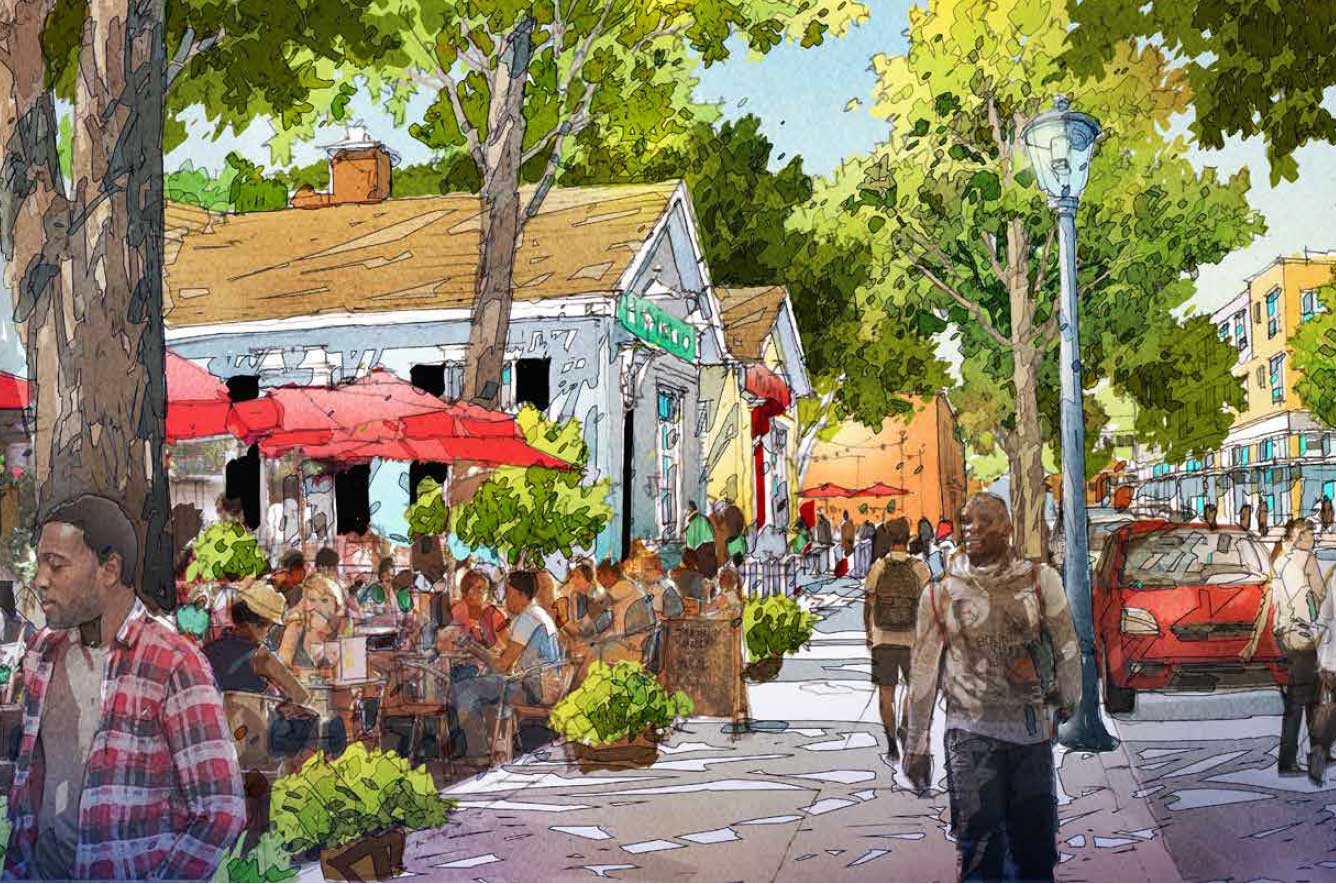
The above list is not comprehensive, but it does outline key areas where urbanists can help OZs succeed. The program is place-based, focused (often) on neighborhood-sized geographic areas—a scale that is right in new urbanists’ wheelhouse. Opportunity Zones also encourage longer-term thinking in investment—because one of the primary benefits requires a 10-year financial commitment. That said, it is critical that urbanists go beyond good design to promote programs that enable residents to participate in an improving local economy that comes from investment.
Many OZs are now awash in affordable housing. One report found that 96 percent of the zones had experienced no gentrification. Yet if these zones are successful in attracting investment, they likely will see affordability become a bigger issue. (And for a minority of zones, this is already the case). Maintaining affordability in the future is an important consideration—part of looking at the health of the entire community.
Legitimate questions are being raised as to whether Opportunity Zones will have a net positive impact on low-income communities. The jury is still out on those questions—and we may not know the answers for years to come. In the meantime, cities can positively impact particular zones with the help of urbanists—helping to realize a better outcome from what may become the largest community development program in the nation’s history.





